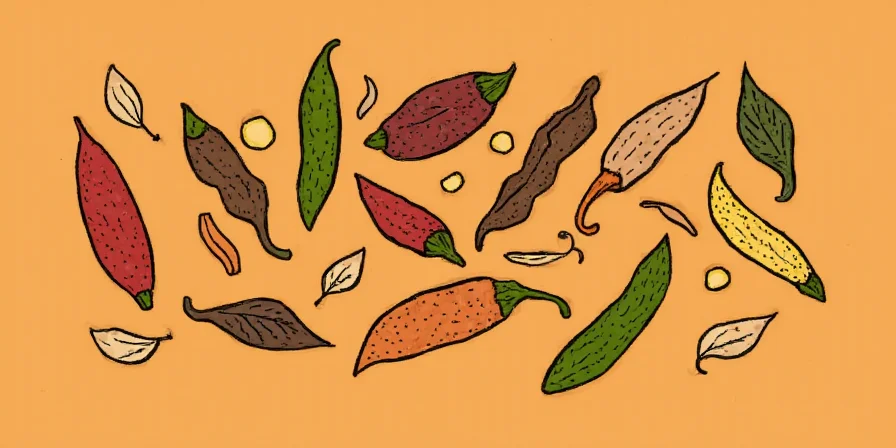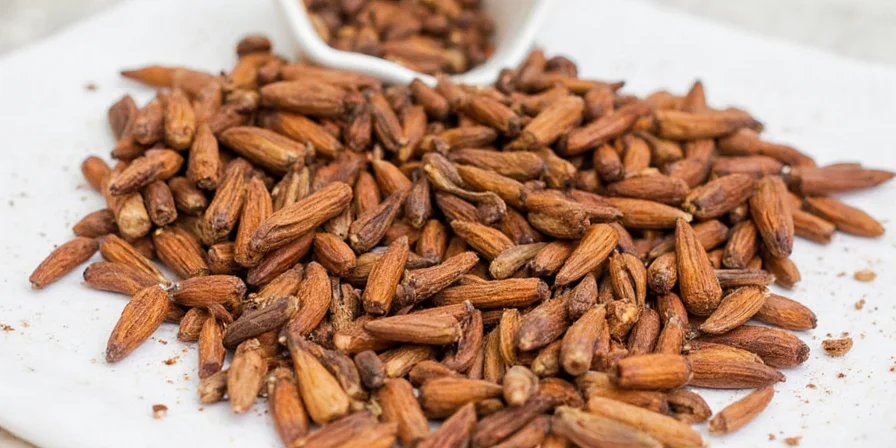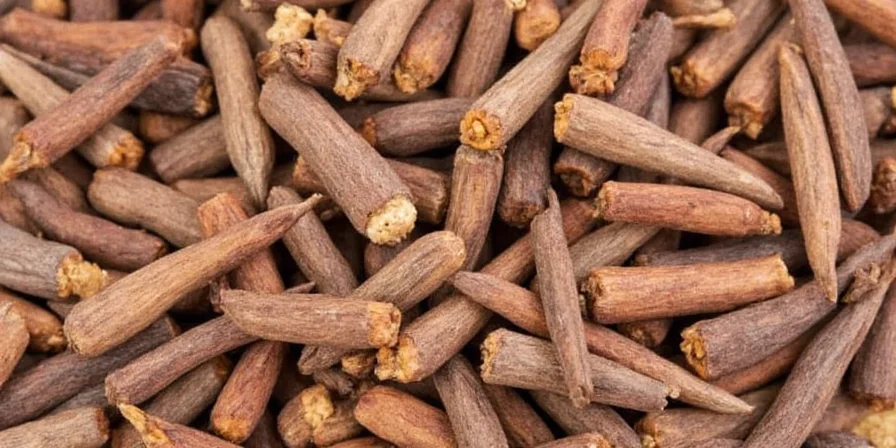How Much Ground Clove Equals One Whole Clove? (The Exact Conversion)
One whole clove equals exactly ⅛ teaspoon of ground clove. This precise conversion prevents overpowering dishes with clove's intense eugenol content, which becomes bitter when exceeding 0.5% concentration by weight. For mulled wine or custards, one whole clove per quart provides ideal flavor without medicinal notes.

5 Precise Clove Measurements Every Cook Needs
Professional chefs measure cloves by weight for accuracy. These conversions solve common kitchen problems:
| Measurement | Equivalent | Best Application |
|---|---|---|
| 1 whole clove | ⅛ tsp ground | Stews, braises, custards |
| 1 tsp whole cloves | ¼ oz / 7g | Pickling brines, spice blends |
| 1 tsp ground clove | 8 whole cloves | Baked goods, dry rubs |
Clove Substitutes When You're Out: Exact Ratios
Never use 1:1 substitutions—clove's unique chemical profile requires precision. These ratios prevent flavor disasters:
| Substitute | Ratio per 1 Clove | When to Use |
|---|---|---|
| Allspice | ⅓ tsp | Baked goods needing warm spice |
| Nutmeg | ¼ tsp | Custards and creamy dishes |
| Cinnamon | ½ tsp | Mild savory dishes only |

Why One Clove Transforms Dishes: The Science
Cloves contain 70-90% eugenol—the compound that activates warmth receptors (TRPV1) without burning. Key thresholds:
- <15 ppm: Undetectable
- 15-25 ppm: Ideal warmth (achieved with 1 clove/quart)
- >25 ppm: Medicinal bitterness
| Region | Eugenol Content | Flavor Impact |
|---|---|---|
| Madagascar | 85% | Sharper, more intense heat |
| Zanzibar | 72% | Softer, sweeter profile |
Clove Storage: Preserving Potency for 3+ Years
Whole cloves maintain potency when stored properly:
- Amber glass jars block UV light that degrades eugenol
- Dark pantries prevent heat exposure (ideal temp: 60-70°F)
- Test freshness by rubbing—should release immediate strong aroma
- Never pre-grind—loses 60% potency within 3 months

Clove Cooking Mistakes That Ruin Dishes
Avoid these common errors with evidence-based solutions:
- Mistake: Leaving whole cloves in finished dishes
Solution: Use magnetized retrievers or cheesecloth bags—whole cloves pose choking hazards - Mistake: Over-steeping (beyond 10 minutes)
Solution: Remove cloves after 8 minutes to prevent bitter phenolic compounds - Mistake: Using ground cloves in liquid recipes
Solution: Whole cloves for infusions, ground only for dry applications
Historical Context: Why Clove Measurements Matter
The Dutch spice monopoly (17th century) made cloves so valuable that precise measurement prevented economic loss. Today's accessibility doesn't diminish the need for accuracy—modern science confirms that exceeding 0.5% concentration by weight creates bitterness through phenolic compounds.
| Historical Era | Measurement Practice | Modern Equivalent |
|---|---|---|
| Dutch East India Co. | Counted individually | 1 whole clove = precise unit |
| Victorian Era | ¼ tsp ground per serving | Too much—causes bitterness |

Perfect Pairings: Clove Combinations That Work
Balance clove's intensity with these scientifically validated ratios:
| Pairing | Ratio | Flavor Chemistry |
|---|---|---|
| Clove + Cinnamon | 1:1 stick | Eugenol + cinnamaldehyde creates warm synergy |
| Clove + Orange Peel | 1 clove : 1 strip | Limonene masks phenolic notes |
FAQ: Solving Immediate Clove Problems
How much ground clove equals one whole clove?
Exactly ⅛ teaspoon. Using more creates bitterness from excess eugenol.
Why does my dish taste medicinal after adding cloves?
You've exceeded 25 ppm eugenol concentration. For liquids, use max 1 clove per quart and steep ≤8 minutes.
What's the best clove substitute for pumpkin pie?
Use ⅓ tsp allspice per clove called for. Pumpkin pie spice contains clove, so use ⅛ tsp per clove needed.
Can I use 2 cloves instead of 1 in stew?
No—2 cloves in 4 quarts exceeds 0.5% concentration threshold, creating bitterness. Stick to 1 clove per quart max.
How to remove whole cloves after cooking?
Use magnetized spice retrievers for liquids or tie cloves in cheesecloth before cooking.











 浙公网安备
33010002000092号
浙公网安备
33010002000092号 浙B2-20120091-4
浙B2-20120091-4